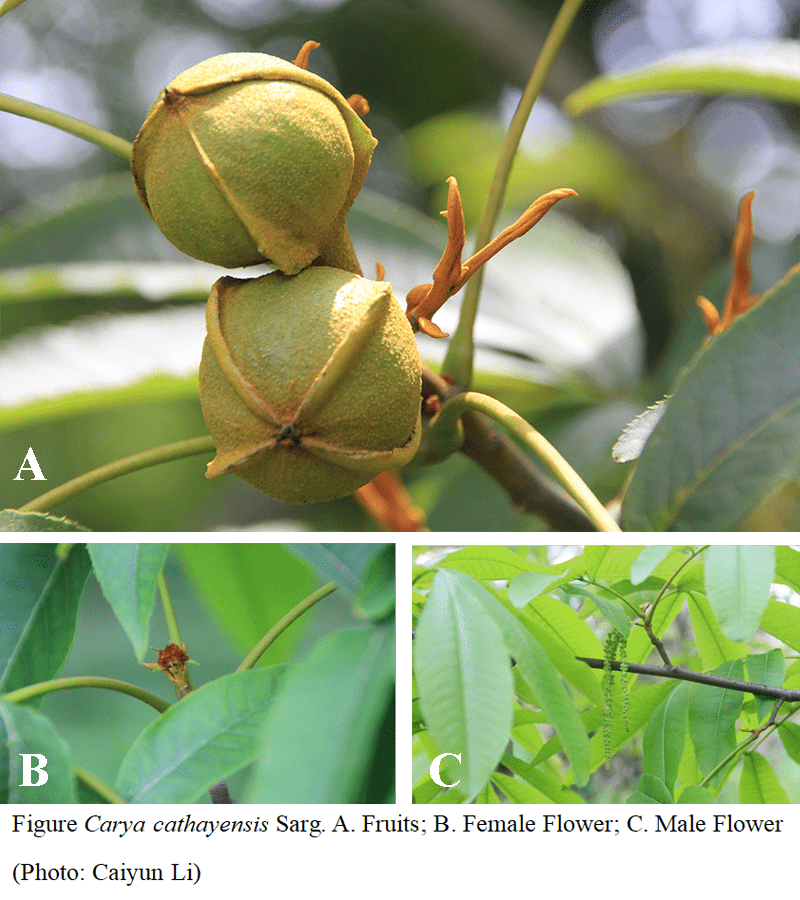
Hickory is a nut-bearing tree that belongs to the Juglandaceae family, known for its economic and ecological value. This deciduous species is native to subtropical regions and thrives in well-drained soils, typically found in moist valleys at altitudes of 500–1200 meters. Chinese Hickory produces nutritious nuts with high protein and oil content, making it an important resource for food and traditional medicinal uses.
The species is valued for its ecological benefits, such as improving soil fertility and supporting biodiversity. It plays a significant role in agroforestry systems due to its adaptability and ability to withstand varying environmental conditions. Hickory is often cultivated in multi-species plantations to maximize land-use efficiency and support sustainable agriculture. Its nuts are a staple in local economies, contributing to livelihoods and food security.
Although it has a long history of cultivation, hickory's breeding efforts are still in their early stages compared to other nut-bearing species like pecan. This species exhibits nucellar embryony (apomixis), which makes it particularly valuable for inheriting disease-resistant traits in breeding programs. Recent research has focused on developing improved varieties with enhanced disease resistance, yield, and nut quality to support broader commercial cultivation and conservation efforts.
Download DataData summary
Available data is consolidated and visually presented for clarity
Estimated genome size
Total assembly
Longest scaffold
Number of scaffolds
N50 scaffold length
Protein-coding genes
Repeat sequence
Expression Atlas
Presenting the expression profiles of genes access various organ and/or development stages in an intuitive and approachable manner.
JBrowse
An interactive genome browser for exploring and visualizing genomic data through a graphical interface.
BLAST+
Identifies regions of similarity between nucleotide or protein sequences, compassing input sequences to a databases to reveal matches and functional insights.